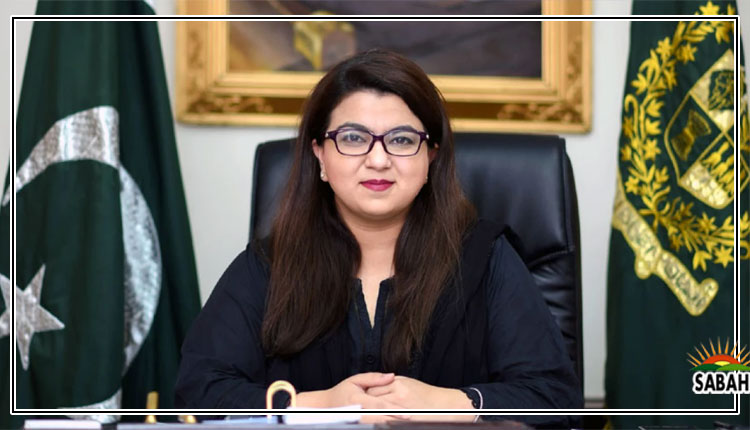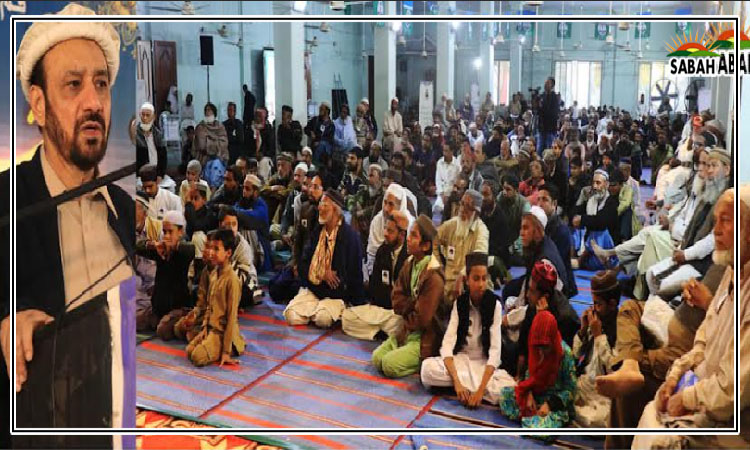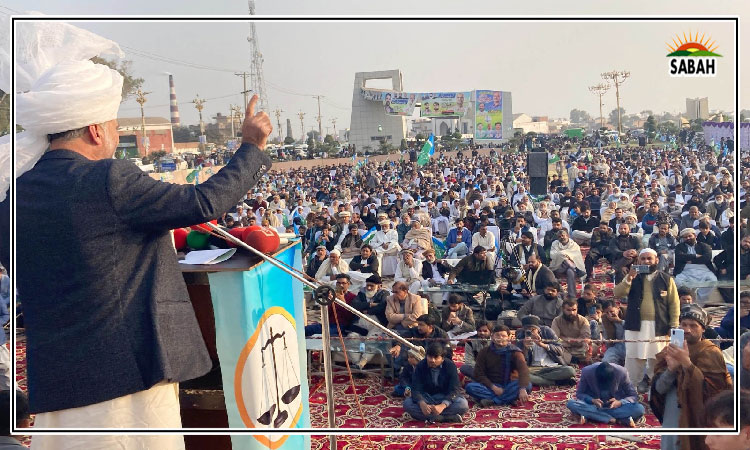Relationship between technology and critical thinking.. Abida Mehmood
While it is true that technology is affecting critical thinking, I believe technology itself is an outcome of critical thinking and quite a significant one at that. Critical thinking has a high-order thinking level as its skills include analysing, understanding and applying to result in invention and creation. Thus, no creation or invention is possible without critical thinking.
First of all, creation and invention of technology is based on assumptions, postulates, uncertainty theories and research. Critical thinking ignites imagination for new ideas to reform and reshape the world through modern technologies. Therefore, technology and critical thinking have a strong correlation.
Nowadays, technology is playing a vital role of tutoring through the internet, writes George M Chinnery in his article A framework for integrating the internet into ELT. The technologies employed in such activities have been traditionally dichotomised as being either tool or tutor (Levy & Stockwell, 2006). Additionally, Internet is an important tool of education development in the modern era. The extensive use of Internet includes communication, information, sharing of ideas, social loops, videos and learning online through asynchronous/synchronous course. Learning on canvas through an asynchronous course is the best example of how technology and critical thinking are co-related. Canvas provides the platform where course material and interaction is strongly connected through the availability of instructor/instructions, reading material (articles), guidelines, online discussions, assessment and grades. Basically, critical thinking engages a learner in the process of systematic learning. This systemic learning process of creation or invention through communication, analysis, problem solving and evaluation is what we call technology.
However, it is pertinent to make a note of caution here. Teachers and parents are strongly advised to keep a check on extensive use of visual media by students and children unlike in the case of printed material as according to the research by Patricia Greenfield, No one medium is good for everything If we want to develop a variety of skills, we need a balanced media diet. Each medium has costs and benefits in terms of what skills each develops.
As students spend more time with visual media and less time with print, evaluation methods that include visual media will give a better picture of what they know, said Greenfield, who has been using films in her classes since the 1970s.
And while we lament an extensive use of visual media by some, it is unfortunate to note that a sizeable proportion of our population, including students, is devoid of the facilities related to modern technology. There is nothing much to write home about when speaking in the context of use of technology in teaching/instruction in Pakistans outreach areas, particularly in government schools where there is no curriculum for computer studies from Grade ECE to 8, and students can only opt for computer science from Grade 9. In our class-based system of education, only those attaining education at private schools, especially high-end ones, can opt for computer studies from ECE onwards.
In this context, we at HANDS Pakistan, which has adopted government schools under public-private partnership in Sukkur, Khairpur, Dadu and Karachi are introducing modern technologies in outreach areas and semi-urban coastal belt from the grassroots level. Teachers are using multimedia for visual explanation of English and Science subjects. We have prepared power point presentations for extra references and activities. We offer students use of Internet for information and communication purposes and provide them options of games and movies to enhance their vision. Recently, we have introduced a tablet with the Karis Math Software installed for improvement of mathematics skills of our teachers and students from grade 1 to 5 (primary level). We are basically focusing on enhancing teachers capacity through utilisation of technologies to better work on the foundation of our students.
In pursuit of our educational objectives, we have made use of UO material which helps improve creative skills and provide more ideas. Teaching and Learning with the Net Generation by Kassandra Barnes, Raymond C Marateo and S Pixy Ferris needs to be mentioned in this regard. Actually, the Net Generation learns differently from their predecessors. This generation is unique in that it is the first to grow up amid digital and cyber technologies. By the time of reaching 21 years of age, an average Net Gener will have spent 10,000 hours playing video games, 20,000 hours watching TV, 10,000 hours using cellphones and under 5,000 hours reading (Bonamici et al, 2005).
Net Geners tend toward independence and autonomy in their learning styles, which impacts a broad range of educational choices and behaviours, from what kind of education they buy to what, where, and how they learn (Carlson, 2005).
To conclude, achieving educational objectives is not possible without the integration of technology and critical thinking in the teaching and learning process.
Courtesy The Express Tribune, April 4th, 2023.












